The upcoming release of Robert Eggers’ Nosferatu has reawakened our interest in the classic vampire story, all while filling us with dread. As expected, there are inevitable comparisons to be made with Francis Ford Coppola’s 1992 masterpiece, Bram Stoker’s Dracula. Both films interpret the legendary tale differently, and in this post, we’ll dive deep into the subject as we build anticipation for Nosferatu’s release this Christmas.
Comparisons to Bram Stoker’s Dracula. Fair?
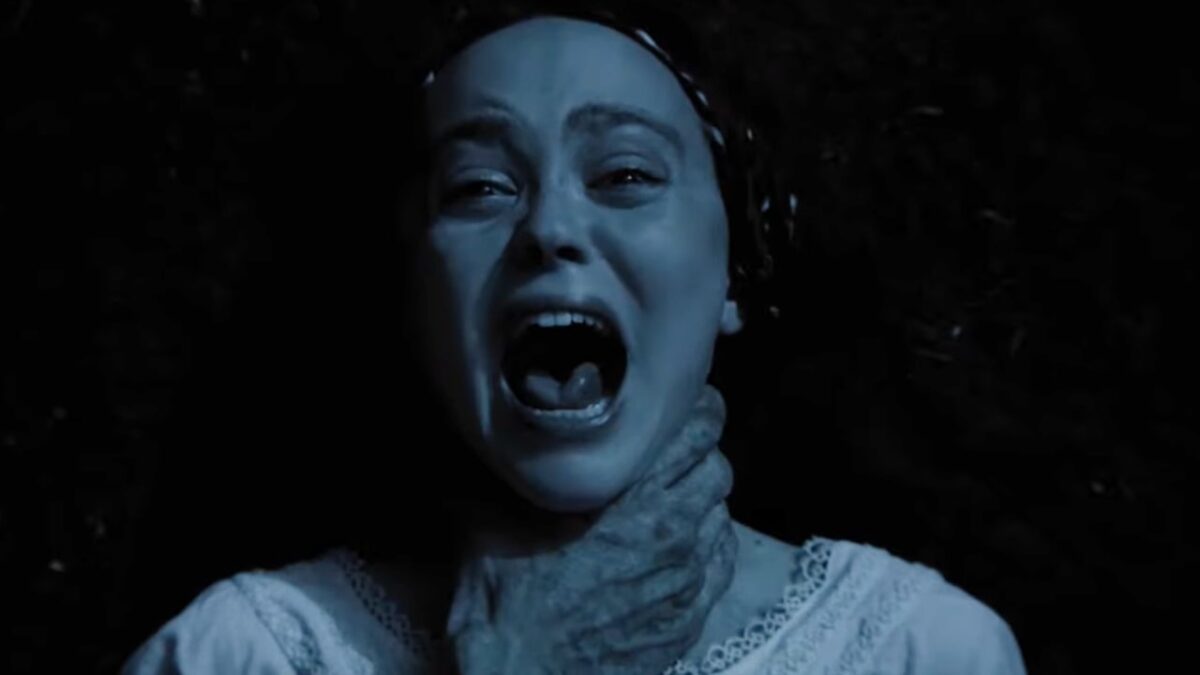
Nosferatu promises to be a visual treat for those with the stomach for it. But are the comparisons with Francis Ford Coppola’s 1992 film fair? To answer that, we have to look at the styles of the two trailers.
When Coppola’s Bram Stoker’s Dracula was released in 1992, it was celebrated for its ambitious and lavish production. The trailer promised to deliver a juicy and seductive retelling of Stoker’s novel, and it emphasized the tragic romance between Dracula, portrayed by the larger-than-life Gary Oldman, and Mina Harker, played by Winona Ryder. The characters in Coppola’s film wore opulent costumes, very elaborate set designs, and the special effects were ahead of their time. All this contributed to a film that was equal parts visual spectacle and horror. So, to sell that, Coppola’s trailer was vibrant and artistic, emphasizing the romantic and tragic elements of the story. It introduces viewers to a world where love and death are intertwined, and the vampire is as much a figure of sadness as horror.
In contrast, Eggers’ Nosferatu trailer is more restrained and eerie, focusing on mood and atmosphere rather than narrative. If we want to be even more technical, the colour palette is muted, with many of the classic cold blues and greys in dark films and stark and foreboding settings. The approach here is not romantic like that of the Dracula film. The absence of dialogue in much of the trailer, replaced by eerie soundscapes and the slow, deliberate movements of the characters, suggests a film that will rely heavily on visual storytelling and atmosphere.
So, while both films explore obsession and the supernatural as themes, it’s clear that Eggers’ version focuses more on the raw terror of the vampire mythos. You can feel that terror from the trailer alone, and we can fully expect the film to be an epic Christmas nightmare. To each his own; I will not do that to myself during the holiday season.
Understanding the Legacy of Nosferatu
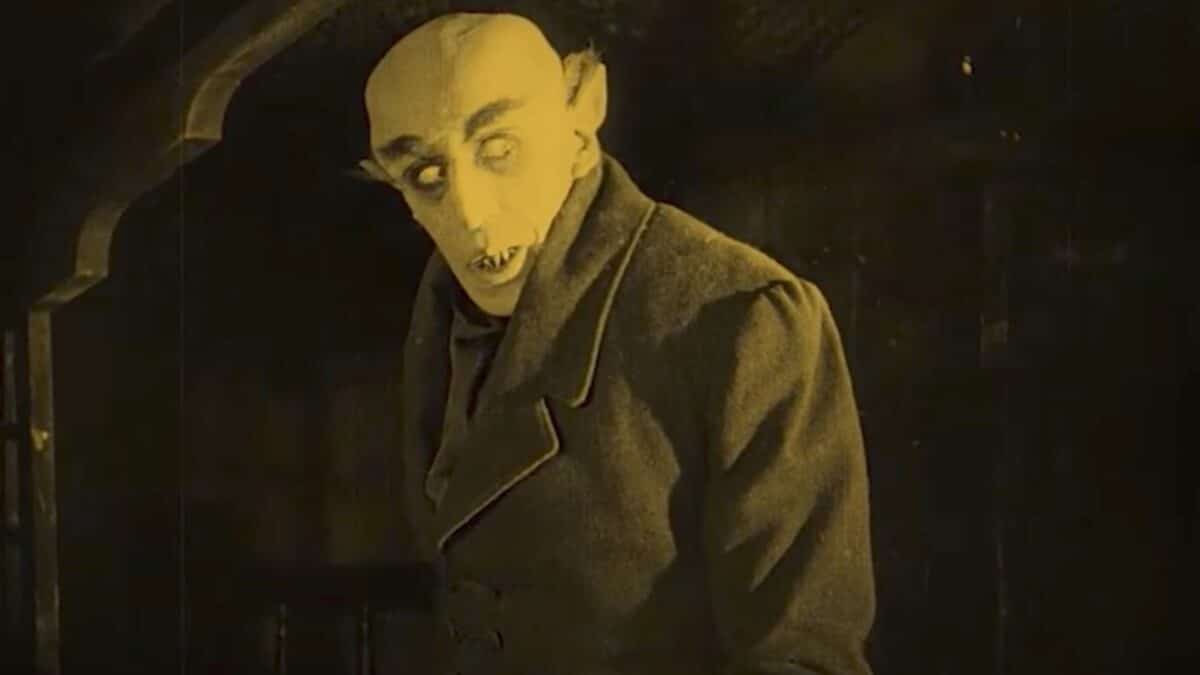
Nosferatu has always occupied a unique place among vampire films. When it first came out, there was a lot of drama around it, including invoking legal issues with Bram Stoker’s estate, even though the film had changed names and some plot details. Despite these changes, Nosferatu remains one of the most faithful visual adaptations of the novel, capturing the unsettling atmosphere that Stoker had wanted us to feel when he wrote the book. If you want to dig deeper into the history of the ‘controversy’, we wrote an article you’ll want to sink your teeth into. In it, you’ll get to learn why this story is so beloved a century later.
Eggers’ decision to revisit Nosferatu suggests that he wants to return to the roots the novel intended, focusing on the primal fear that vampires represent. Bill Skarsgård’s casting as the vampire (Count Orlok) hints at a performance that will likely draw on Schreck’s unsettling physicality while bringing his unique intensity to the role.
Why Dracula Has Such Enduring Appeal
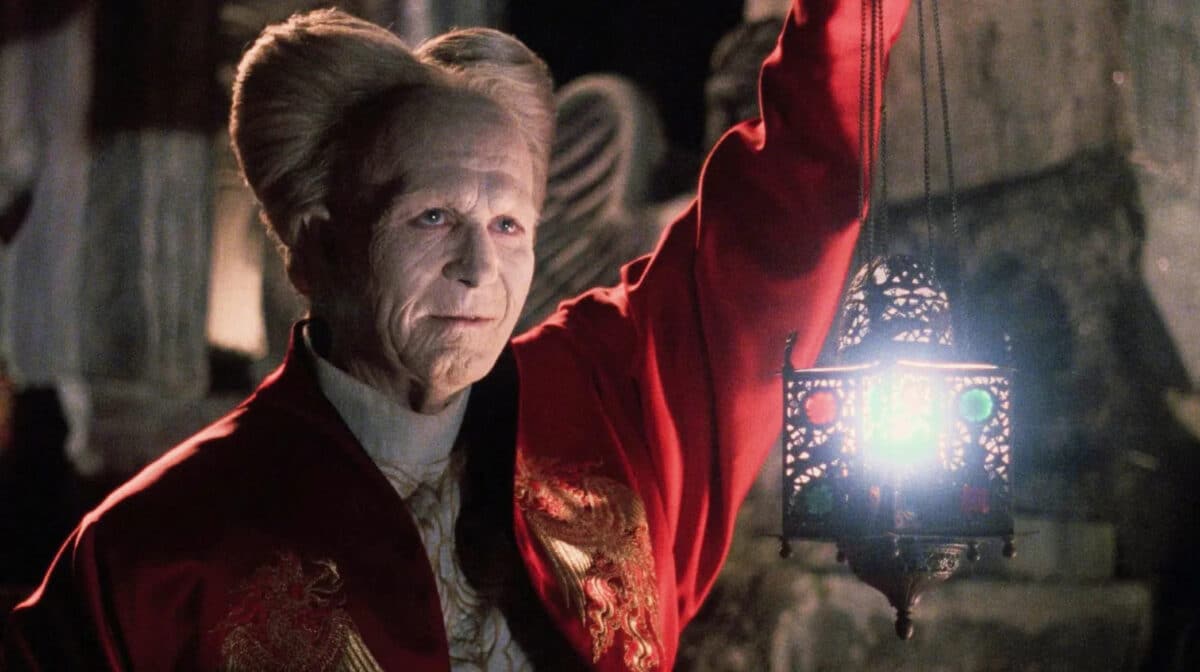
The fact that filmmakers keep returning to Dracula and its unofficial adaptations like Nosferatu speaks to the enduring power of what Stoker created. The vampire myth taps into universal primal fears of death, the unknown, and the influence of power. Each adaptation brings something new to the table, and it’s always a joy to see how it reflects the cultural and artistic preferences of the time.
Coppola’s film was produced in the early 1990s when Hollywood was experimenting with big-budget adaptations of classic literature. That comes through in the film’s emphasis on romance and tragedy, which were significant at the time. As a result, Dracula earned several Academy Awards and cemented its place as a legitimate version of Stoker’s novel.
As we look ahead to the release of Eggers’ Nosferatu, we live in a different cultural context. Nowadays, horror films tend to go for more psychological and existential fears, so Eggers’ minimalist approach feels particularly relevant. The filmmaker’s focus on psychological depth suggests a film offering another fresh take for audiences to enjoy.
Nosferatu vs Dracula
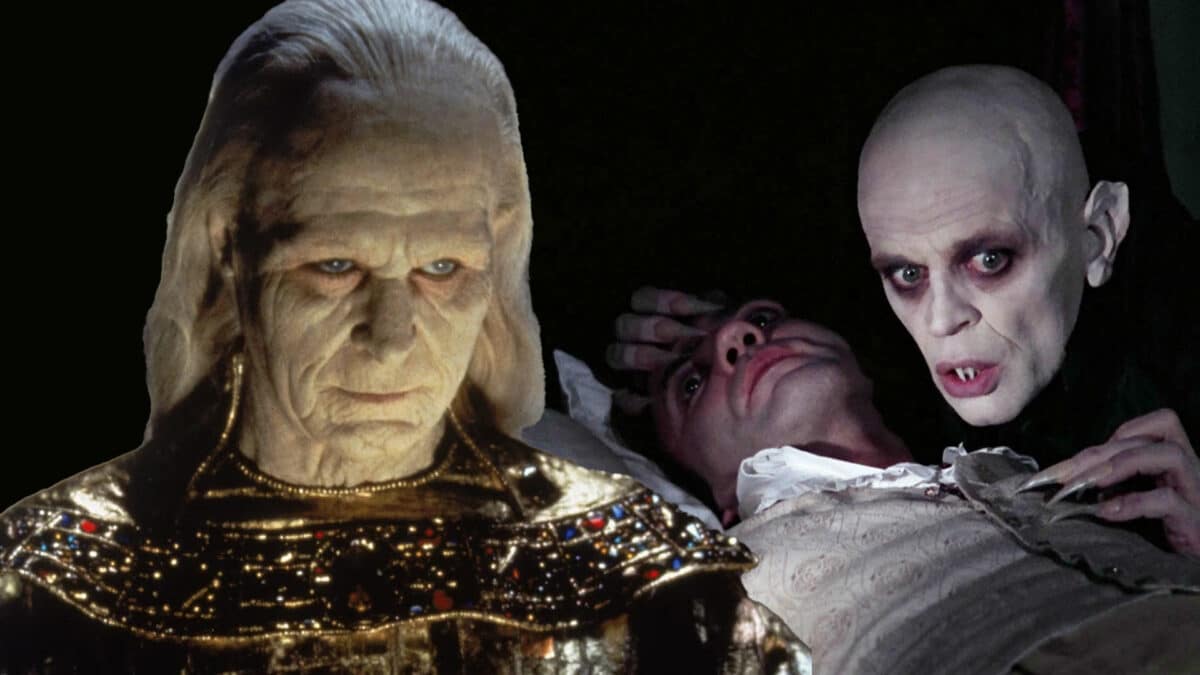
There’s no doubt that Nosferatu will always pull from Bram Stoker’s Dracula. That’s where it was born. In the world of good art, copying is inevitable and is a form of high praise. When one work draws from another so powerfully, we need to see it as a testament to the enduring impact and inspiration of the original. We can apply this to the 2024 release of Nosferatu, which, although it’s similar to Stoker’s work, promises to be both enjoyable and terrifying. It breathes new life into the classic (like Dracula Untold did) and is a perfect example of how reimagining the stories we know and love can result in fantastic films. When that happens, audiences win.
What do you think about the comparison between Nosferatu and 1992’s Dracula?
Here are a few other cool vampire articles to check out: Do we really need a Daybreakers 2? and Abigail is the perfect M3gan clone.
Nosferatu |
|---|
A gothic tale of obsession between a haunted young woman, and the terrifying vampire infatuated with her causing untold horror in its wake. |
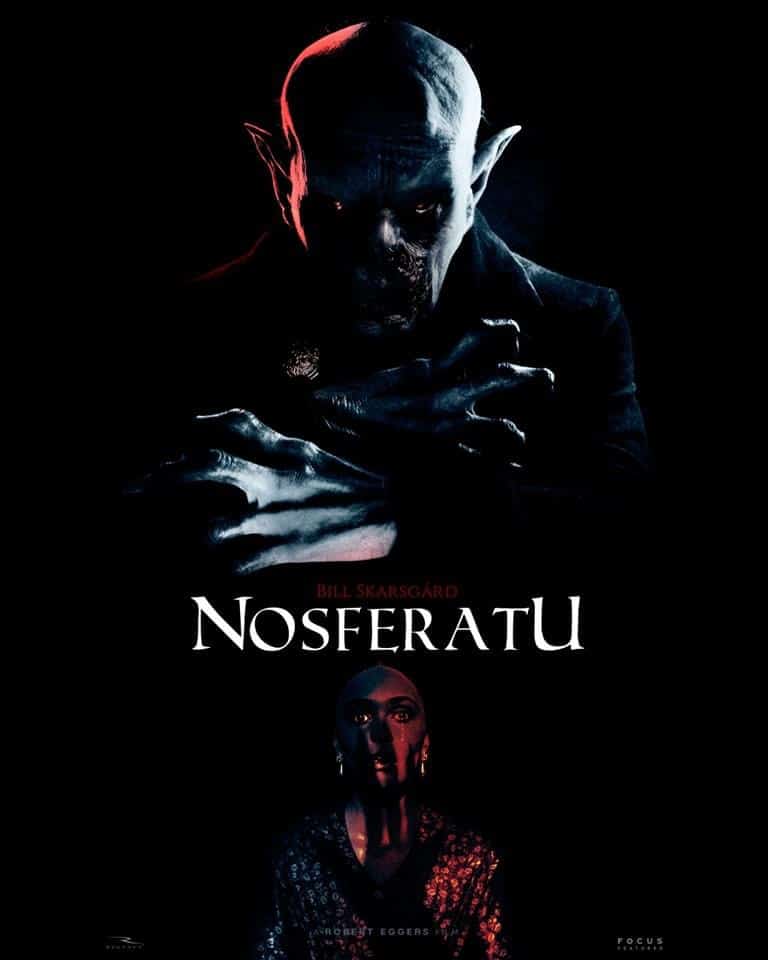 |
|---|
| Studio: Focus Features, Studio 8, Stillking Films |
| Running Time: TBA |
| Release Date: Dec 25, 2024 |
| Cast: Aaron Taylor-Johnson, Bill Skarsgård, Willem Dafoe |
| Director: Robert Eggers |
| Writers: Robert Eggers |
| Genre: Horror |
| Box Office: N/A |


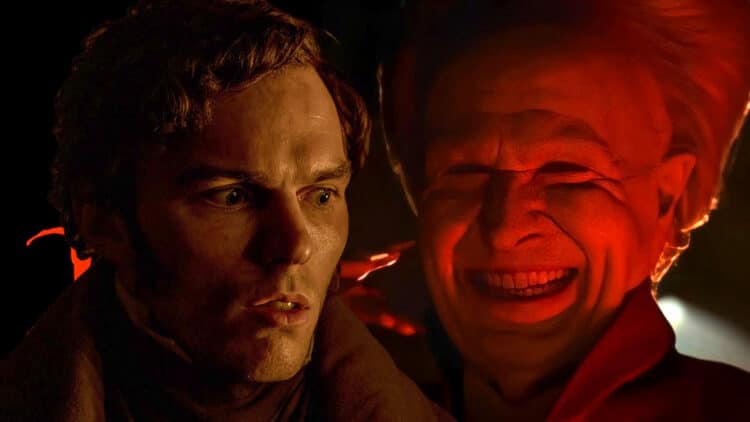


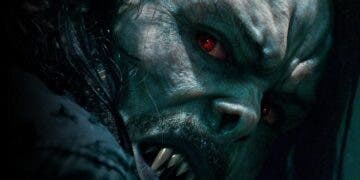
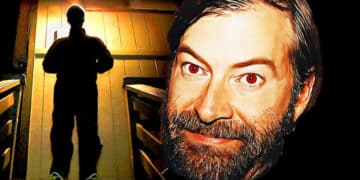
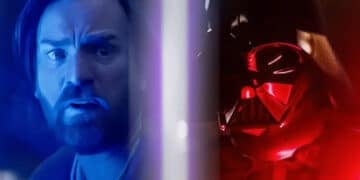
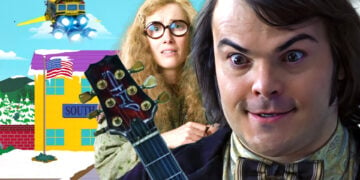

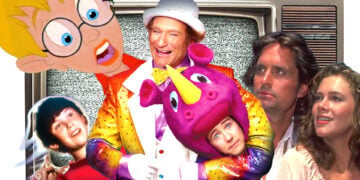
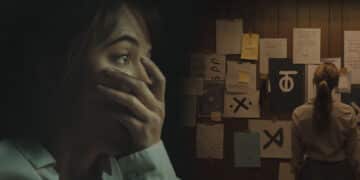

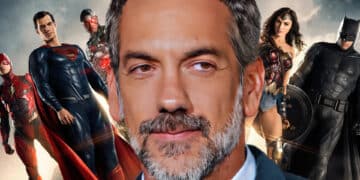
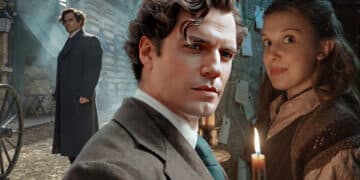




Dude, the article is all over the place. It’s one thing to pull from Stoker’s novel aka direct source. It’s another thing to pull stuff from Coppola’s movie-and comparisons online were mainly made between two movies, not between original novel and 2024 remake, and how Eggers seem to try to copy stuff from Coppola, not from novel.
Case in point: both original novel and Nosferatu movies don’t have scenes where Mina/Ellen screams while tearing her clothes apart while being under vampire influence. Yet such scene existed in 1992 movies, and now appears in trailer for 2024 movie.